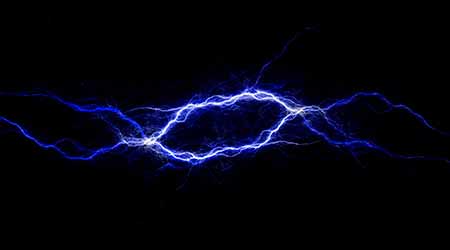5 Steps To Arc Flash Safety
To maintain compliance with OSHA's electrical safety requirements, follow this advice.
The following items are critical for implementing and improving arc flash safety protocols to maintain compliance with OSHA’s electrical safety requirements:
1. Implement arc-flash prevention methods in electrical safety programs. This can be achieved by using a risk assessment procedure as identified in NFPA 70E. Arc flash prevention methods could include assigning appropriate PPE for the appropriate task and not working on electrical equipment while it is energized. These safety procedures should be re-evaluated at least every three years to ensure compliance with NFPA 70E.
2. Provide employee training on NFPA 70E requirements. Per NFPA 70E, all employees should be retrained on safety-related work practices at least every three years.
3. Ensure qualified personnel are trained and knowledgeable on electrical equipment operation. Per NFPA 70E, any unqualified persons should be trained in electrical safety-related practices necessary to safely operate the equipment.
4. Ensure all electrical equipment is provided with accurate arc-flash labels from the results of an accurate arc-flash study. An arc-flash study and labels should be updated when a major modification or renovation takes place and should also be reviewed for accuracy at least every five years. All new and existing facilities must meet the requirements of NFPA 70E as a way to comply with OSHA. Per NFPA 70E, arc-flash labels should be provided for equipment that is likely to require examination, adjustment, servicing, or maintenance while energized. In general, equipment that should be labeled includes switchgears, switchboards, panelboards, controllers (e.g., VFDs), disconnects, etc. inclusive of all distribution voltage equal to or greater than 50 volts (120/208, 277/480, medium voltage, DC systems, etc.).
5. Perform an arc-flash study on any existing facilities that haven’t already had one in order to provide electrical equipment with arc-flash labels. Any existing electrical equipment not provided with an arc-flash label should not be operated while energized until accurate labels are installed. An arc-flash study should include the following as minimum:
• Executive summary.
• Summary describing the scope and results of the study as well as the methods used.
• Arc-flash matrix indicating the highest calculated incident energy and the associated modes of power system operation and scenarios involved.
• Tabulated list of all equipment with arc-flash hazard levels calculated.
• Power single-line diagram.
• List of assumptions used in the study, including any documentation to support the assumptions taken.
• Documentation of manufacturer’s software.
• Results and recommendations.
Chad Jones, EIT, is a designer at CallisonRTKL. Ron Mojica, PE, is a senior associate with the firm.
Email comments and questions to edward.sullivan@tradepress.com.
Related Topics:














